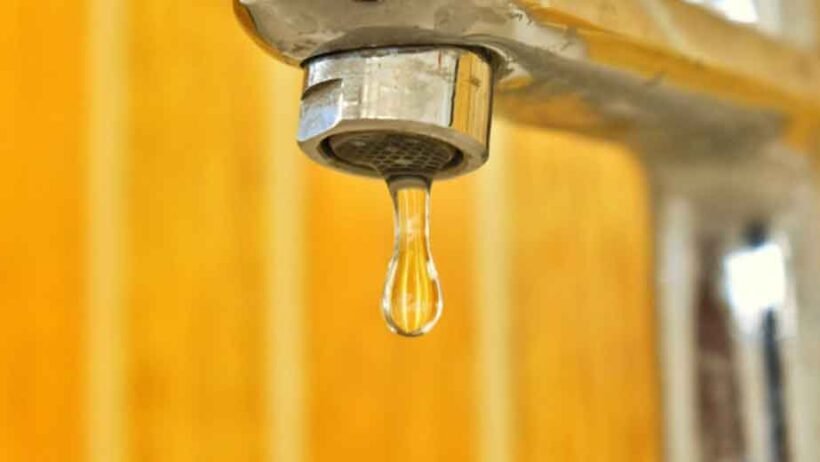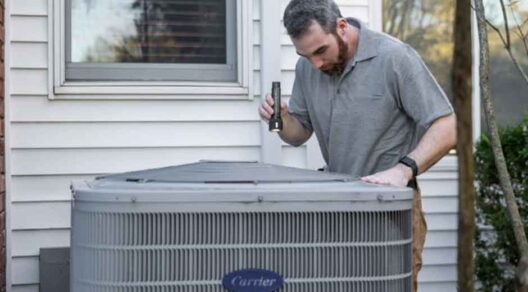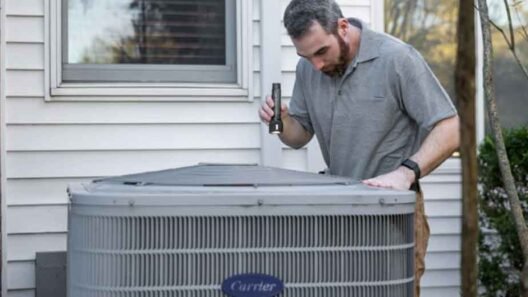Every day, you turn on the faucet without a second thought to cook, clean, bathe, or fill a glass of water. But have you ever wondered what’s actually flowing through those pipes? For many homeowners, the water that reaches their taps can carry more than just hydration. Minerals, sediments, chlorine, and even trace contaminants from old pipes can quietly build up, affecting everything from your health to the lifespan of your appliances.
Across the country, more people are realizing that clean, safe water doesn’t just depend on their local utility. It starts inside their homes. While municipal water systems are treated to meet safety standards, the water can still pick up impurities along the way. This is why more families are turning to modern water treatment options that ensure every drop they use is as clean and pure as possible.
If you live in an area with naturally hard water, mineral buildup, or concerns about taste and odor, home-based treatment solutions can make a noticeable difference. From filtration to purification, there are reliable ways to make your water safer for both you and your plumbing. Understanding how these systems work and how they can protect your home is the first step toward healthier living.
Understanding Home Water Systems and the Role of Treatment Solutions
Your home’s water system is more complex than it seems. Water travels from a municipal source or private well through miles of pipes before reaching your faucets. Along the way, it can pick up minerals like calcium and magnesium, as well as other impurities that affect its taste, clarity, and overall quality. Over time, this buildup doesn’t just cause cloudy glassware or stiff laundry; it can also clog pipes, lower water pressure, and wear down your appliances.
To tackle hard water issues effectively, many homeowners rely on water softeners that use ion exchange technology to remove hardness-causing minerals. By replacing calcium and magnesium with sodium or potassium ions, these systems prevent scale buildup, improve detergent performance, and extend the life of plumbing and household appliances. The result is smoother-flowing water that’s gentler on your skin, easier on your pipes, and better for your home’s efficiency overall.
Professional water treatment specialists can analyze your home’s water and design a system that fits your specific needs, whether you’re drawing from a well or connected to a municipal supply. The right combination of softening, filtration, and purification ensures that every tap in your home delivers consistently clean, safe, and dependable water.
Common Water Quality Issues Homeowners Face
Even if your water looks clear, it doesn’t necessarily mean it’s clean. Many contaminants are invisible and tasteless. If your sinks or showerheads have white crusty residue, your water likely has high mineral content. Metallic smells, chlorine odors, or unusual tastes can also indicate the presence of unwanted elements.
In older neighborhoods, lead or rust from outdated plumbing can seep into tap water. Meanwhile, in rural areas, well water can carry sediments, nitrates, or bacteria. These issues not only affect water taste but can also impact your family’s health and your home’s plumbing.
Testing your water is the best way to know what’s in it. You can start with an affordable home test kit or reach out to a professional for a detailed analysis. Once you know what’s in your water, you can choose the most effective treatment system to address it.
Types of Water Treatment Systems: Finding What Works Best
There’s no one-size-fits-all solution for better water quality. The right treatment depends on what’s in your water and how your household uses it.
Filtration systems are a popular starting point, removing sand, sediment, and rust that can cloud water and damage fixtures. For deeper purification, reverse osmosis units eliminate dissolved minerals, salts, and chemicals, ideal for improving taste and odor. Ultraviolet (UV) systems disinfect water by killing bacteria and viruses without using chemicals, while activated carbon filters absorb chlorine and organic compounds to enhance flavor and freshness.
In many homes, combining methods works best, such as pairing a filtration system with a softener or UV purifier. This layered approach ensures your water stays clean, balanced, and safe for everyday use.
The Importance of Regular Maintenance
Installing a water treatment system is only half the job. To keep it working effectively, you need to perform regular maintenance. Filters and cartridges need replacement according to manufacturer recommendations, and tanks or softeners should be cleaned and sanitized periodically.
Ignoring maintenance can lead to buildup, bacterial growth, or system clogs, undoing the benefits of your investment. Regular checkups not only ensure better water quality but also extend the life of your system. If you notice changes in taste, water pressure, or staining, it might be time for a quick inspection or professional service.
The good news is that most modern systems are designed for easy upkeep. Simple, routine care keeps your water cleaner, fresher, and safer year-round.
Health and Environmental Benefits of Cleaner Water
Cleaner water isn’t just about convenience; it’s about overall well-being. When you eliminate impurities and harsh minerals, your skin feels softer, your hair looks healthier, and your body absorbs water more effectively. Drinking clean, properly treated water also reduces your exposure to harmful substances that can build up over time.
Environmentally, home water treatment helps reduce dependency on bottled water, cutting down on plastic waste. Softer water also means you’ll use less soap, detergent, and cleaning products, which benefits both your wallet and the planet. Plus, appliances that run efficiently waste less energy, making your home more eco-friendly.
When you invest in your water quality, you’re not just improving your lifestyle; you’re supporting a cleaner environment and a more sustainable future.
Your home’s water system is one of the most important yet overlooked parts of your household. Whether you’re dealing with hard water, bad taste, or simple curiosity about what’s in your tap, taking steps to improve water quality pays off in comfort, safety, and savings.
Start by testing your water and learning what it needs. From there, you can explore treatment options that fit your home’s setup and your family’s priorities. Reliable, professional water treatment services can guide you toward systems that make sense for your water type and budget.
Cleaner, safer water begins with awareness and the right tools to take control. With a little care, every drop that flows from your faucet can support your health, your home, and the environment around you.








